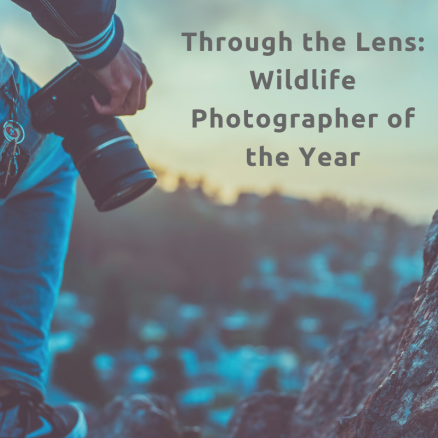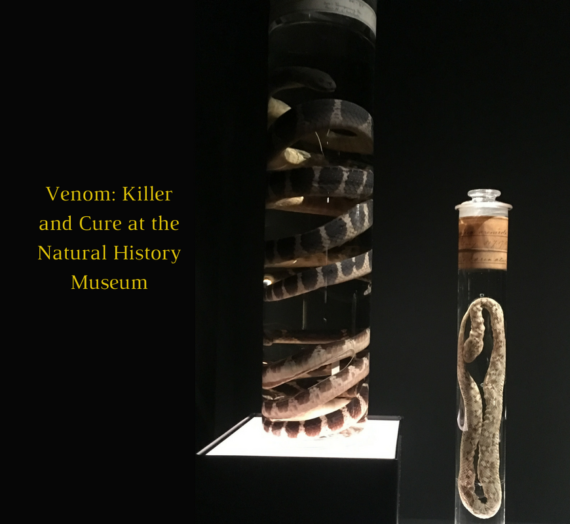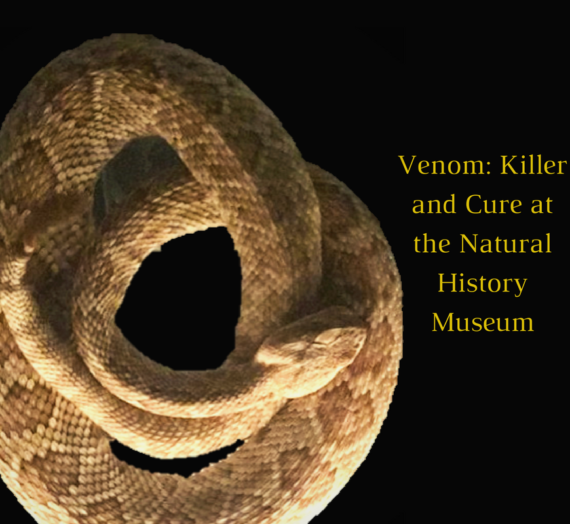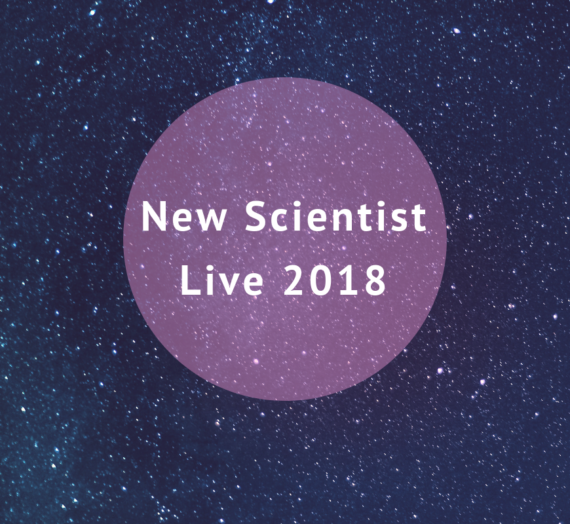Roisin Conneely
This week, we went along to the Wildlife Photographer of the Year exhibition at the Natural History Museum, London. The competition is now in its 54th year, and the exhibition is running until the 30th June 2019. If you need convincing before you go and check it out, read on for some of our favourite photos.
The overall winner of this year’s award was Marsel van Oosten, for “The Golden Couple”;

The photograph portrays a pair of Qinling golden snub-nosed monkeys, a sub-species restricted to the Qinling mountains of southern China. These monkeys are facing the risk of extinction, due to extensive habitat loss, with only 4000 left in the world. Lichens growing on dead trees are the monkey’s primary food source, and with these trees being cleared away for harvesting, these primates are struggling to get the nutrition they need.
The winner of the Young Wildlife Photographer of the Year was Skye Meaker, with this stunning portrait of the “Lounging Leopard”;

The individual shown here is known locally within the Mashatu Game Reserve as Mathoja, meaning “the one that walks with a limp”, due to an injury she sustained as a young cub. Thankfully, she grew up to be a healthy adult, and was kind enough to pose for this wonderful image.
Here are some of our highlights from the exhibition…
Ahead in the Game (Nicholas Dyer)

This picture made me do a double take. I don’t know about you, but I find there’s something quite surreal about a baboon’s face being carried around by an African Wild dog pup. The photographer seems to agree; “Half of me felt disturbed by the disrespect this deceased fellow primate was receiving; the other half was caught up in the infectious joy of the puppies.” African wild dogs are famously sociable creatures, with distinct dominance hierarchies. They have even been known to use a voting system using sneezing to decide when to set off for a hunt. When dominant pairs sneeze first, the pack is likely to get to work straight away, needing only about 3 sneezes to get the rally the group, whereas when less dominant dogs begin sneezing, it takes around 10 sneezes to grab the groups attention.

According to the photographer, this is a rare scene; snakes such as this Anchieta’s cobra seldom infiltrate the sophisticated security and alarm call system of the meerkat. The photograph shows the pups being shepherded away from the danger, while the other members fluff up their fur and growl aggressively. Lesson learnt; don’t mess with a meerkat.
These savvy sentinels can be fooled however; the drongo bird has been known to make false alarm calls, mimicking the meerkats, distracting them so that they flee whatever insects they had been feeding on, allowing the drongo to swoop in and make a steal.
The Midnight Passage (Vergard Lødøen)

This has to be my personal favourite, it stands out so brightly within the exhibition and made me stop in my tracks. Much like this red deer, who was photographed in Norway using a motion sensing camera, partially submerged in the river. The red deer is one of the largest cervid species, and Norwegian deer are facing a new threat from the sudden appearance of chronic wasting disease in the country. The disease is a neurodegenerative disorder affecting deer species, originating in America in the 1960s, but has now spread to South Korea, Norway and Finland.
Kuhirwa Mourns Her Baby (Ricardo Núñez Montero)

This has got to be the saddest photograph throughout the whole exhibition, and it’s also the first one you see when you enter the exhibit. Kuhirwa is shown holding the remains of her dead baby, which she refused to let go of for weeks. Eventually she began to eat the remains, a process not uncommon in the animal kingdom, as many species resort to this maternal cannibalism simply because they cannot afford to waste any kind of nutrition opportunity. The emotion shown on Kuhirwa’s face however, suggests that animals are capable of feeling grief. The most famous example of this is seen in elephants who have been observed covering corpses in leaves and twigs, and even revisiting sites where members of their herds had died. Of course, we cannot be too quick to affix our own human emotions on to animals, but personally, I think that some of these animals show more compassion and humanity that we ever could.
Sources:
- https://www.pexels.com/photo/adult-blur-camera-dlsr-368893/
- http://www.nhm.ac.uk/visit/wpy.html
- http://rspb.royalsocietypublishing.org/content/284/1862/20170347
- http://science.sciencemag.org/content/344/6183/513.full
- https://veterinaryresearch.biomedcentral.com/articles/10.1186/s13567-016-0375-4
- https://www.elephantsforever.co.za/elephant-emotions-grieving.html




